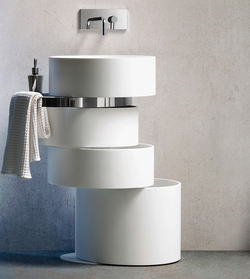Articles and news
Which mood do you want?
By Jessica ShapardColor affects people emotionally, often dictating attitude and behavior. When you consider a fresh coat of paint for little Johnny’s room, selecting a color that matches your decorating tastes is not enough. You want to identify the emotion conveyed by the room.
Blue
In shades from pale to indigo, blue is the most popular color for interior walls, says Jay de Sibour, president of Color Marketing Group. This is mainly because blue has calming effects and is reminiscent of the sky and sea. It is “an effective color in chaotic times,” de Sibour says. “[Blue] is stable and something people want to reconnect with.”
Blue is also a productive color. Studies show that students score higher on tests, and weightlifters lift heavier weights in blue rooms. But forget using blue in the kitchen—it causes people to lose their appetite.
Red
A passionate color, red is suggested for the kitchen or dining room and is also the most often-used color in restaurants. It stimulates appetite and increases the heart rate. Pink, symbolizing romance, is considered to be a tranquilizing color. University of Iowa strategically painted the visiting teams’ locker rooms pink to zap their energy.
Yellow
De Sibour says that the popularity of lighter and brighter colors is on the rise, and yellow is often connected with cheerfulness. But don’t assume that any happy color will have the same effect in your home, as studies show that babies cry more often in lemon-hued rooms. The color is so strong that it is often hard for the eye to take in, so use the color sparingly.
Green
The color of nature, green is the easiest color on the eye and has a soothing effect. In fact, the guest room of Oprah Winfrey's talk show is painted green to relax nerves. It is also used in hospitals to calm patients. But, de Sibour says, home décor is moving away from bright greens.
Submitted: 08.02.2005
You may also be interested in the following articles
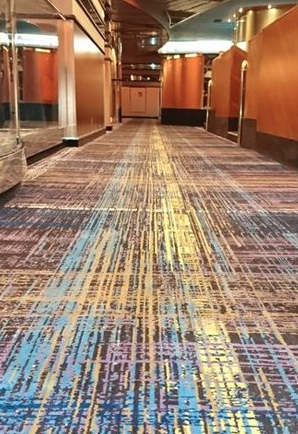
Loyatic - floors for every taste
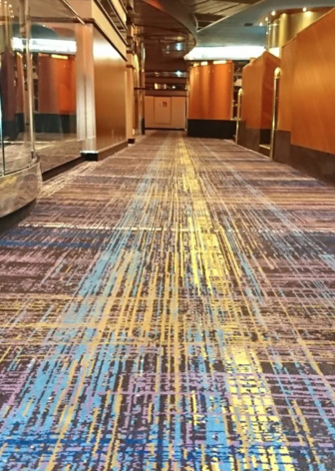
Behind the success story of the construction company Loyatic is bold expansion and an excellent team
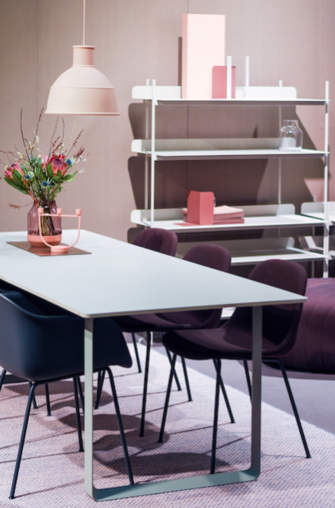
GALLERY: STOCKHOLM FURNITURE AND LIGHT FAIR 2018
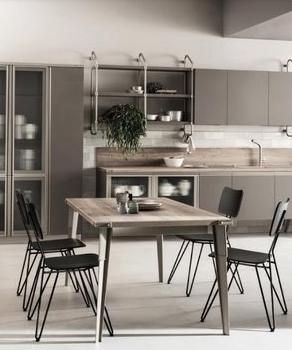
Diesel Open Workshop - something for industrial design admirers
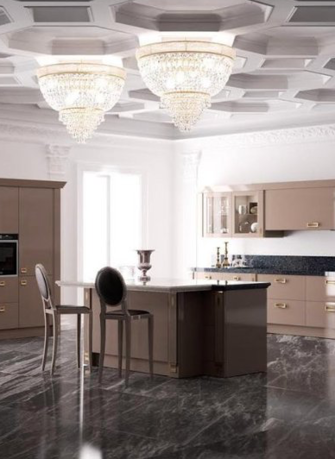
Scavolini introduces the new Italian kitchen furniture Exclusiva
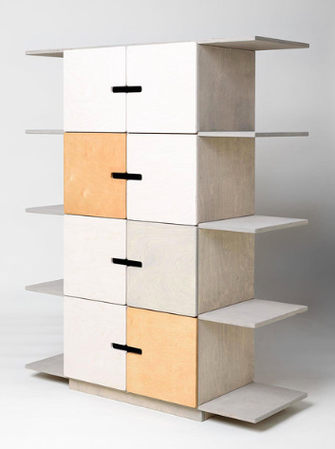
Radis is introducing new furniture items
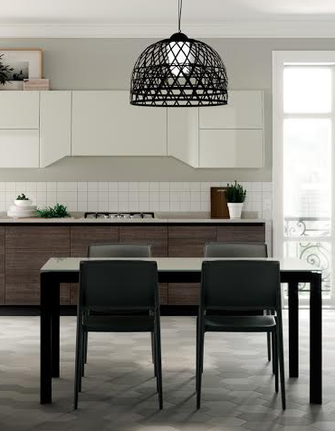
Flux Swing - New shaped elements for dynamic styling from Scavolini
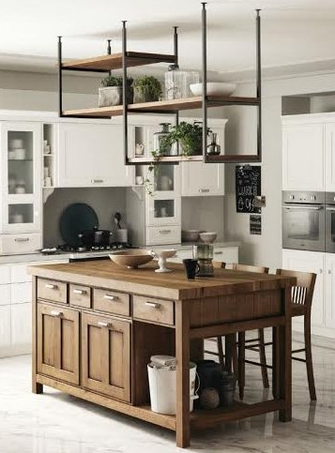
Favilla - the shabby chic kitchen from Scavolini
